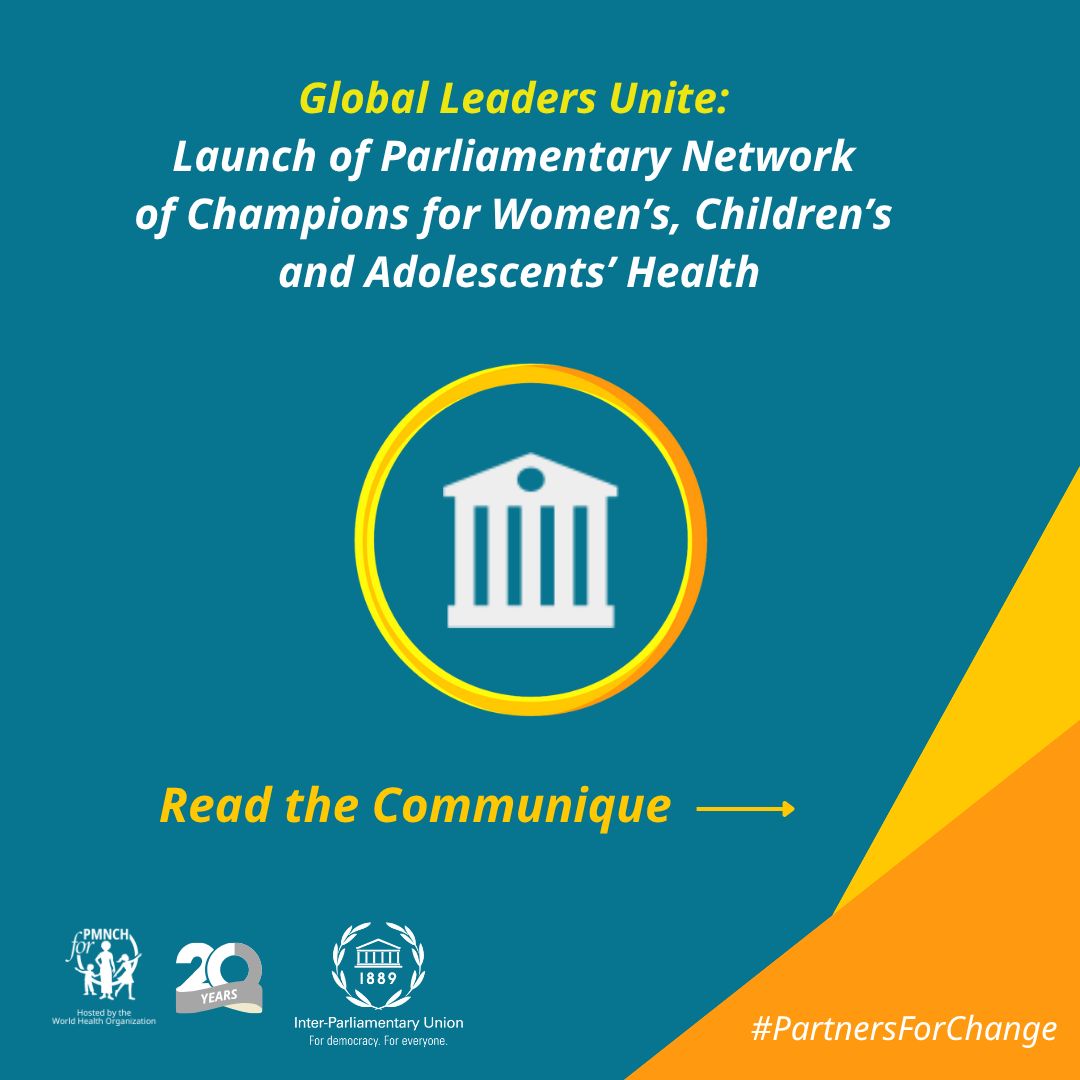Report on Heart Failure: A Global Health Challenge in the Context of Sustainable Development Goals
Introduction: Aligning Cardiovascular Health with SDG 3
Heart failure represents a significant global health burden, impacting millions of individuals and posing a substantial challenge to the achievement of Sustainable Development Goal 3 (SDG 3): Good Health and Well-being. This report outlines the prevalence, symptoms, risk factors, and preventative measures associated with heart failure, framing the issue within the context of SDG 3 targets, particularly Target 3.4, which aims to reduce premature mortality from non-communicable diseases (NCDs).
Global Prevalence and Impact on Public Health
The prevalence of heart failure is higher than commonly perceived, constituting a critical public health issue. According to cardiologist Dr. Dmitry Yaranov, the condition affects millions globally, with projections indicating that approximately one in five individuals will develop heart failure in their lifetime. In the United States alone, over six million people are diagnosed with the condition. The severity of heart failure is underscored by its high mortality rate; without proper treatment, 50% of diagnosed individuals may not survive beyond five years. This statistic highlights the urgency of addressing heart failure as a primary NCD to meet the objectives of SDG 3.
Clinical Manifestations and the Importance of Early Detection
Early identification of symptoms is crucial for effective management and improved patient outcomes, contributing directly to the goals of promoting well-being. Key indicators of potential heart failure require public awareness and prompt medical consultation.
Symptoms Requiring Medical Assessment
- Shortness of breath during physical activity or when lying down.
- Persistent fatigue and tiredness not alleviated by rest.
- Swelling (edema) in the legs, ankles, or feet due to fluid retention.
- A rapid or irregular heartbeat.
- A chronic cough or wheezing.
Identified Risk Factors and Link to SDG 3 Targets
Several modifiable and non-modifiable risk factors increase the likelihood of developing heart failure. Addressing these factors is fundamental to preventative healthcare and aligns with multiple SDG 3 targets, including the reduction of NCDs (Target 3.4) and strengthening the prevention of substance abuse (Target 3.5).
Primary Risk Factors
- High Blood Pressure: Increases the workload on the heart muscle.
- Coronary Artery Disease: Restricts blood flow to the heart.
- Diabetes: Contributes to damage of the heart and blood vessels over time.
- Obesity: Places additional strain on the cardiovascular system.
- Smoking: Damages the heart and vascular system.
- Excessive Alcohol Consumption: Can weaken the heart muscle.
Preventive Strategies for Promoting Cardiovascular Health
Lifestyle modifications are a cornerstone of heart failure prevention and are essential for achieving the public health outcomes envisioned in SDG 3. Dr. Yaranov recommends a proactive approach to cardiovascular health through the adoption of healthy habits.
Recommended Lifestyle Interventions
- Maintain a Healthy Weight: Achieved through a balanced diet and consistent physical activity.
- Engage in Regular Exercise: Incorporate both aerobic and strength-training activities.
- Adopt a Heart-Healthy Diet: Focus on a diet low in salt and rich in fruits, vegetables, and whole grains.
- Avoid Harmful Substances: Abstain from tobacco use and limit alcohol intake, in line with SDG Target 3.5.
- Manage Stress: Utilize techniques such as relaxation, mindfulness, or professional counseling to mitigate stress.
Conclusion: The Critical Role of Early Intervention and Health Systems
Prompt medical consultation upon the appearance of symptoms is vital for improving prognosis and quality of life. Early intervention and effective management of heart failure are dependent on accessible and responsive healthcare systems, a core component of Universal Health Coverage (UHC), which is central to SDG 3. Proactive health management, public awareness, and robust healthcare infrastructure are indispensable for mitigating the impact of heart failure and advancing the global agenda for health and well-being.
Analysis of Sustainable Development Goals in the Article
-
Which SDGs are addressed or connected to the issues highlighted in the article?
The primary Sustainable Development Goal (SDG) addressed in the article is:
- SDG 3: Good Health and Well-being
The entire article is dedicated to discussing heart failure, a serious medical condition. It focuses on ensuring healthy lives and promoting well-being by raising awareness about the symptoms, risk factors, prevention, and the importance of early detection and treatment of this non-communicable disease (NCD). The text emphasizes how lifestyle choices and medical intervention can lead to “longer lives with a good quality of life.”
- SDG 3: Good Health and Well-being
-
What specific targets under those SDGs can be identified based on the article’s content?
Based on the focus on health, prevention, and treatment of a non-communicable disease, the following specific targets under SDG 3 can be identified:
- Target 3.4: By 2030, reduce by one-third premature mortality from non-communicable diseases through prevention and treatment and promote mental health and well-being.
The article directly supports this target by focusing on heart failure, a major NCD. It highlights the high mortality rate, stating that “one out of two individuals who are diagnosed with heart failure can not live for more than five years,” which signifies premature mortality. The article’s core message is about reducing this through “prevention tips” (healthy diet, exercise, avoiding tobacco) and “treatment” (early detection and medical consultation). - Target 3.5: Strengthen the prevention and treatment of substance abuse, including narcotic drug abuse and harmful use of alcohol.
This target is relevant as the article explicitly lists “excessive use of alcohol” as a key risk factor for developing heart failure. Furthermore, under its “Prevention tips,” it advises “reducing alcohol intake” as a crucial lifestyle measure to protect heart health. - Target 3.d: Strengthen the capacity of all countries… for early warning, risk reduction and management of national and global health risks.
The article strongly advocates for strengthening the capacity for early warning and risk reduction at an individual and community level. It repeatedly stresses that “recognising the signs early can save lives” and “early detection and treatment are crucial.” By educating the public on symptoms (“Shortness of breath,” “swelling in the legs”) and risk factors (“High blood pressure,” “Diabetes,” “Obesity”), it contributes to the management of a significant national health risk.
- Target 3.4: By 2030, reduce by one-third premature mortality from non-communicable diseases through prevention and treatment and promote mental health and well-being.
-
Are there any indicators mentioned or implied in the article that can be used to measure progress towards the identified targets?
The article mentions or implies several indicators that can be used to measure progress:
- Indicator 3.4.1: Mortality rate attributed to cardiovascular disease, cancer, diabetes or chronic respiratory disease.
The article directly relates to this indicator by discussing the high mortality associated with heart failure, a cardiovascular disease. The statistic that “one out of two individuals who are diagnosed with heart failure can not live for more than five years” is a direct reference to the mortality rate from this NCD. - Implied Indicator – Prevalence of risk factors: The article lists several specific, measurable risk factors for heart failure. Progress towards Target 3.4 could be measured by tracking the prevalence of these conditions in the population. These include:
- Prevalence of high blood pressure
- Prevalence of obesity (“maintaining a healthy weight”)
- Prevalence of tobacco use (“Abstaining from tobacco”)
- Implied Indicator – Harmful use of alcohol: Related to Target 3.5, the article’s focus on “excessive use of alcohol” as a risk factor implies the relevance of Indicator 3.5.2 (Harmful use of alcohol). Measuring the per capita consumption of alcohol would be a way to track progress in mitigating this risk factor.
- Implied Indicator – Public awareness and health literacy: The article notes that “many remain unaware of how common it is or how critical early detection can be” and that “Knowledge and watchfulness are the keys.” This implies that an indicator could be the level of public awareness regarding the symptoms and risk factors of heart failure, which is crucial for early detection and prevention.
- Indicator 3.4.1: Mortality rate attributed to cardiovascular disease, cancer, diabetes or chronic respiratory disease.
-
Create a table with three columns titled ‘SDGs, Targets and Indicators” to present the findings from analyzing the article.
SDGs Targets Indicators SDG 3: Good Health and Well-being Target 3.4: Reduce premature mortality from non-communicable diseases (NCDs) through prevention and treatment. - Indicator 3.4.1: Mortality rate attributed to cardiovascular disease (as exemplified by the article’s statistic on heart failure survival rates).
- Implied: Prevalence of risk factors such as obesity, high blood pressure, and tobacco use.
SDG 3: Good Health and Well-being Target 3.5: Strengthen the prevention and treatment of substance abuse, including the harmful use of alcohol. - Implied: Harmful use of alcohol (Indicator 3.5.2), as the article identifies “excessive use of alcohol” as a risk factor and advises “reducing alcohol intake.”
SDG 3: Good Health and Well-being Target 3.d: Strengthen capacity for early warning, risk reduction, and management of health risks. - Implied: Public awareness and health literacy regarding symptoms and risk factors for heart failure, as the article emphasizes that “Knowledge and watchfulness are the keys.”
Source: timesofindia.indiatimes.com







